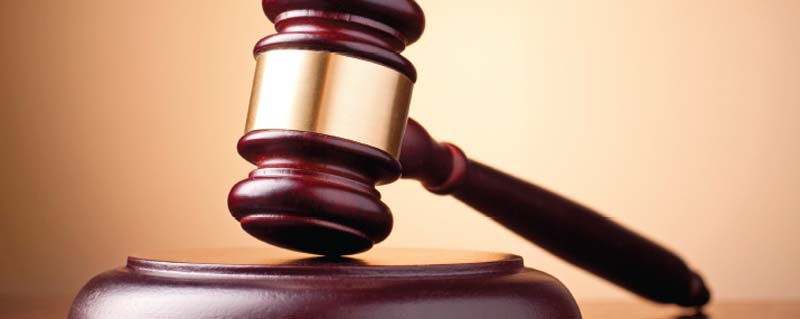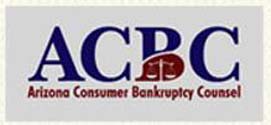
Lien stripping and lien avoidance are useful tools used in bankruptcy when a creditor has put a lien on your house or some other tangible property.
Lien stripping is available in any of the reorganization chapters such as Chapters 13, 11 and 12 but is not available in Chapter 7. It was used frequently during the Great Real Estate Crash of 2008. The lien strip is an order from the bankruptcy judge, finding that a consensual lien on a property of the bankruptcy estate is void. Due to the depreciation of the property, the creditor’s secured claim has in fact become unsecured because there is no longer any equity in the property for the lien to attach on to. Here is basically how it works:
- Before your house depreciated, it was worth $400,000;
- You have a primary mortgage on your home for $350,000;
- You took out a second mortgage on your home for $40,000;
- Your house is now worth $340,000;
- You still owe $344,000 on your primary mortgage;
- Your home is under water and there is no equity in your home to which the second mortgage can attach.
In a Chapter 13 bankruptcy, the second mortgage lender becomes an unsecured creditor and will share in whatever amount the Plan distributes to other unsecured creditors. But the second mortgage will remain as a lien on your house even if the underlying debt is discharged, putting a cloud on your title when you want to resell your home. This is why it is important to have an attorney do a lien strip analysis if you have more than one mortgage on your home. The lien strip order will allow for the removal of the lien and clear the title when you want to sell.
It used to be that lien stripping consensual liens such as mortgages had to be accomplished by filing an adversary, which is like a complaint, and litigated in bankruptcy court. However, the rule changes brought about on December 1, 2017 changed the rules so that the adversary no longer needs to be filed.
A lien strip can now be accomplished by filing a motion with the court, requesting the judge to determine the amount of the claim. If the secured creditor filed a proof of claim, another way of lien stripping is to have the attorney file an objection to that proof of claim. The form for the Chapter 13 Plan was also changed, so that the lien can now be stripped through the Plan. However, the best way to do it is with a motion or an objection to a proof of claim.
Lien avoidance is available in all bankruptcy chapters, including Chapter 7. A lien can be avoided in a bankruptcy if it is a judicial lien and the lien impairs the value of an exemption to which the debtor is entitled. For example:
- The debtor is entitled to $6,000 of equity in a car under Arizona law;
- He has paid off the car, which is worth $5,000 at the time of the bankruptcy filing;
- The debtor gets desperate before consulting with a bankruptcy attorney and goes out and gets a title loan on his car so he can pay his rent;
This lien (the title loan on the car) can be avoided because it impairs the $6,000 exemption under state law. This kind of lien avoidance can be done with any kind of judicial lien. A judicial lien is a lien a creditor receives when he takes the debtor to court and obtains a judgment against the debtor. He can then put a lien on the debtor’s property if the debtor cannot pay the judgment.
This article has laid out the basic principals of how lien stripping and lien avoidance work. This article is not legal advice. Every case is different, and it is important to consult with an attorney who can do the required legal analysis to see whether either remedy is appropriate for you and your case.




